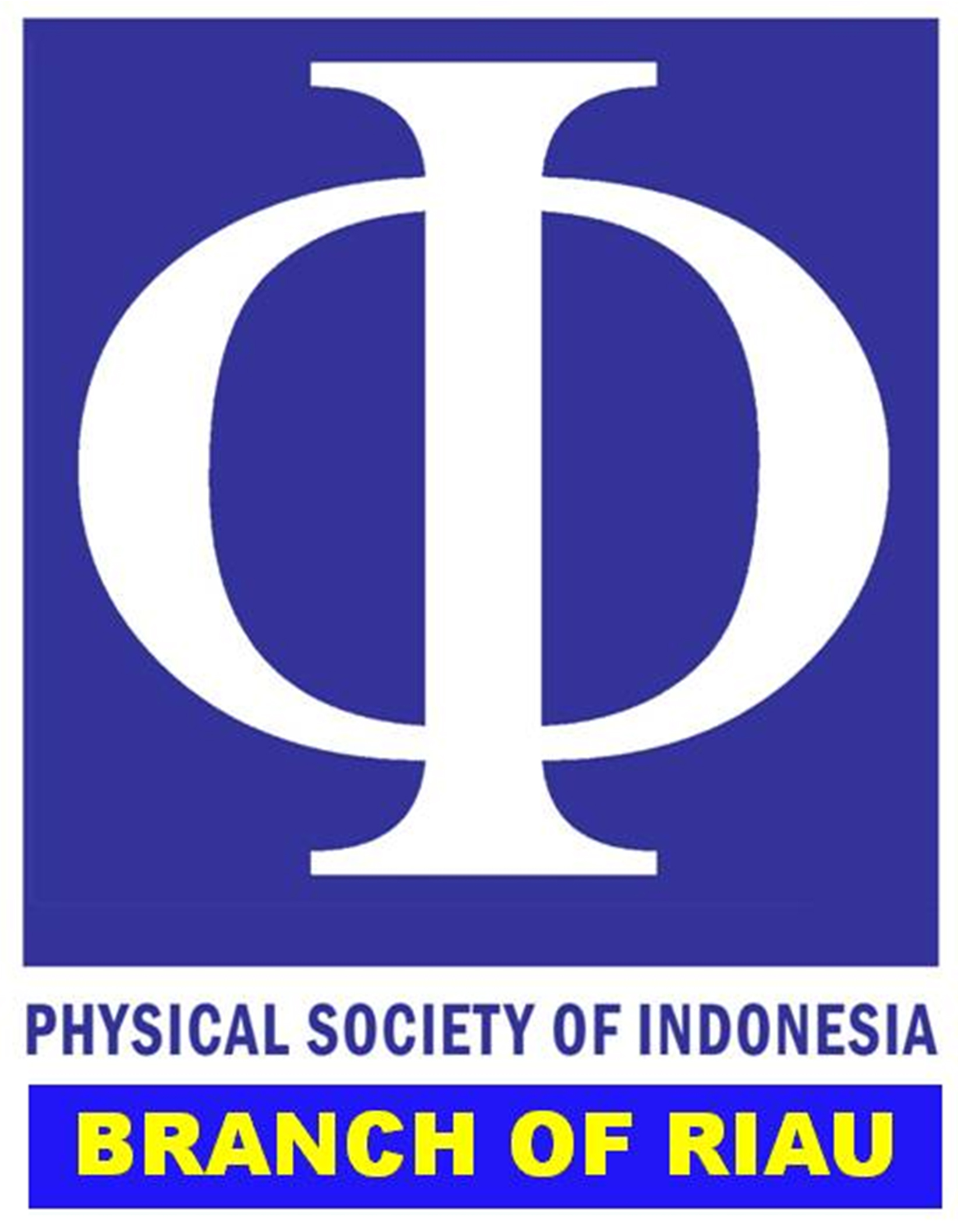A medical physics review of the use of contrasodium in hysterosalpingography (HSG) examinations
Abstract
Keywords
Full Text:
PDFReferences
1. Practice Committee of the American Society for Reproductive Medicine. (2015). Diagnostic evaluation of the infertile female: a committee opinion. Fertility and Sterility, 103(6), e44–e50.
2. Ludwin, A. & Ludwin, I. (2019). Diagnostic imaging techniques for assessment of tubal patency. Ultrasound in Obstetrics & Gynecology, 53(5), 647–653.
3. Kasprzyk, L. & Kasprzyk, L. (2020). Physical parameters affecting the distribution of X-ray dose during hysterosalpingography.
4. Roest, I., Rosielle, K., van Welie, N., Dreyer, K., Bongers, M., Mijatovic, V., & Koks, C. (2021). Safety of oil-based contrast medium for hysterosalpingography: a systematic review. Reproductive BioMedicine Online, 42(6), 1119–1129.
5. Tsui, S. & Sofy, A. A. (2023). A meta-analysis of fertility and adverse outcomes in oil-and water-based contrast for hysterosalpingography. Turkish Journal of Obstetrics and Gynecology, 20(1), 64.
6. Roest, I., Van Welie, N., Mijatovic, V., Dreyer, K., Bongers, M., Koks, C., & Mol, B. W. (2020). Complications after hysterosalpingography with oil-or water-based contrast: results of a nationwide survey. Human Reproduction Open, 2020(1), hoz045.
7. Achuka, J. A., Aweda, M. A., Usikalu, M. R., & Aborisade, C. A. (2020). Assessment of patient absorbed radiation dose during hysterosalpingography: A pilot study in Southwest Nigeria. Journal of Biomedical Physics & Engineering, 10(2), 131.
8. Alzimami, K., Sulieman, A., Babikir, E., Alsafi, K., Alkhorayef, M., & Omer, H. (2015). Estimation of effective dose during hystrosalpingography procedures in certain hospitals in Sudan. Applied Radiation and Isotopes, 100, 2–6.
9. Heuser, L. J. (2022). Safety and imaging characteristics of iodinated contrast agents in reproductive radiology: A comparative study. Journal of Radiology in Reproductive Medicine, 11(2), 103–110.
10. Geenen, R. W., Van Der Molen, A. J., Dekkers, I. A., Bellin, M. F., Bertolotto, M., Correas, J. M., & Brismar, T. B. (2024). Contrast media for hysterosalpingography: systematic search and review providing new guidelines by the Contrast Media Safety Committee of the European Society of Urogenital Radiology. European Radiology, 34(10), 6435–6443.
11. Pratama, H. Y., Zaldi, Z., Laszuarni, L., & Lubis, D. M. (2021). Perbandingan Sekresi Air Mata Sebelum dan Sesudah Penggunaan Gadget pada Mahasiswa Fakultas Kedokteran Universitas Muhammadiyah Sumatera Utara Angkatan 2015 Menggunakan Uji Schirmer 1. Jurnal Pandu Husada, 2(1), 53–57.
12. Ahinko-Hakamaa, K. M., Tinkanen, H., & Paavonen, J. (2020). Hysterosalpingography in assessing female infertility: a review. Acta Obstetricia et Gynecologica Scandinavica, 99(4), 479–486.
13. Mijatovic, V., Dreyer, K., Emanuel, M. H., & Hompes, P. G. A. (2019). Comparison of oil-based versus water-based contrast in hysterosalpingography: a randomized clinical trial. Fertility and Sterility, 112(6), 1231–1237.
14. Kamburoğlu, K. (2019). Effect of exposure parameters on diagnostic accuracy and radiation dose in fluoroscopy-guided imaging: a clinical review. Radiation Protection Dosimetry, 185(3), 382–390.
15. Bushong, S. C. (2020). Radiologic Science for Technologists: Physics, Biology, and Protection (11th ed.). Elsevier.
16. Akbar, A. (2020). Gambaran faktor penyebab infertilitas pria di Indonesia: meta analisis. Jurnal Pandu Husada, 1(2), 66–74.
17. Nasution, M. S. & Akbar, A. (2025). Resistance Training Has an Effect on Lowering Insulin Resistance Based on HOMA IR Examination in Poly Cystic Ovarian Syndrome (PCOS) Patients: Meta-Analysis. Buletin Farmatera, 10(3), 190–197.
18. Dreyer, K., van Rijswijk, J., Mijatovic, V., et al. (2017). Oil-based or water-based contrast for hysterosalpingography in infertile women. New England Journal of Medicine, 376(21), 2043–2052.
19. World Health Organization. (2016). Radiation protection in medical applications. WHO Press.
20. Lubis, H. M. L. (2017). High-Grade Endometrial Stromal Sarcoma. Buletin Farmatera, 2(2), 67–75.
DOI: http://dx.doi.org/10.31258/jkfi.22.2.85-96
Refbacks
- There are currently no refbacks.

This work is licensed under a Creative Commons Attribution-NonCommercial 4.0 International License.
Indexing by:








